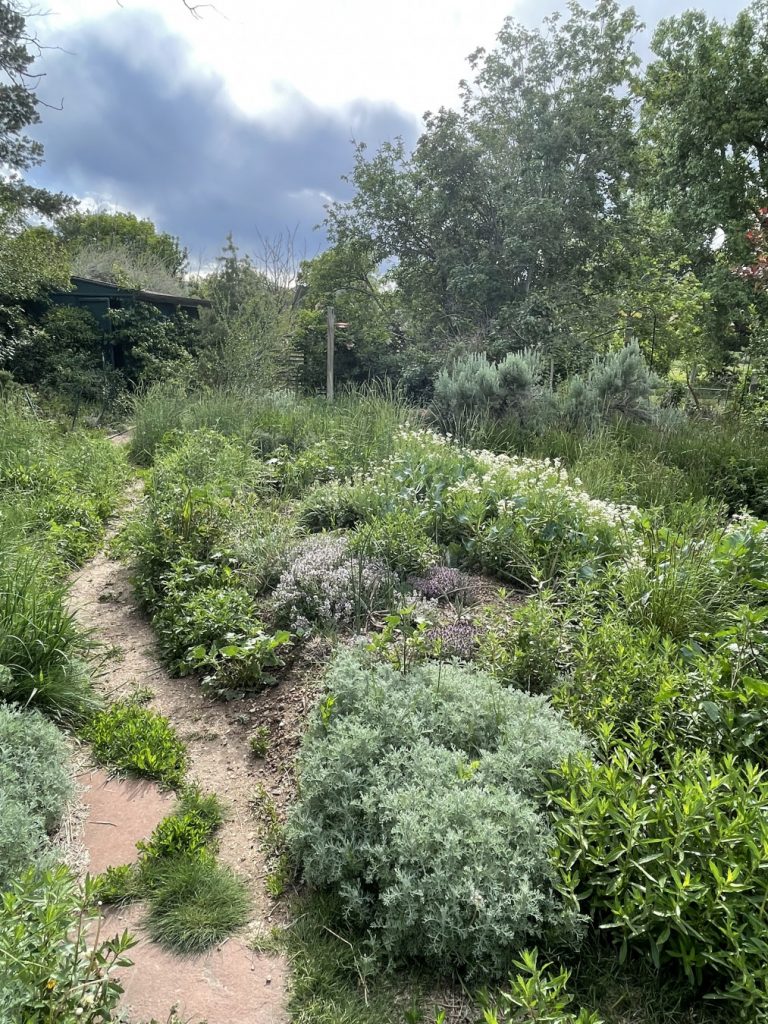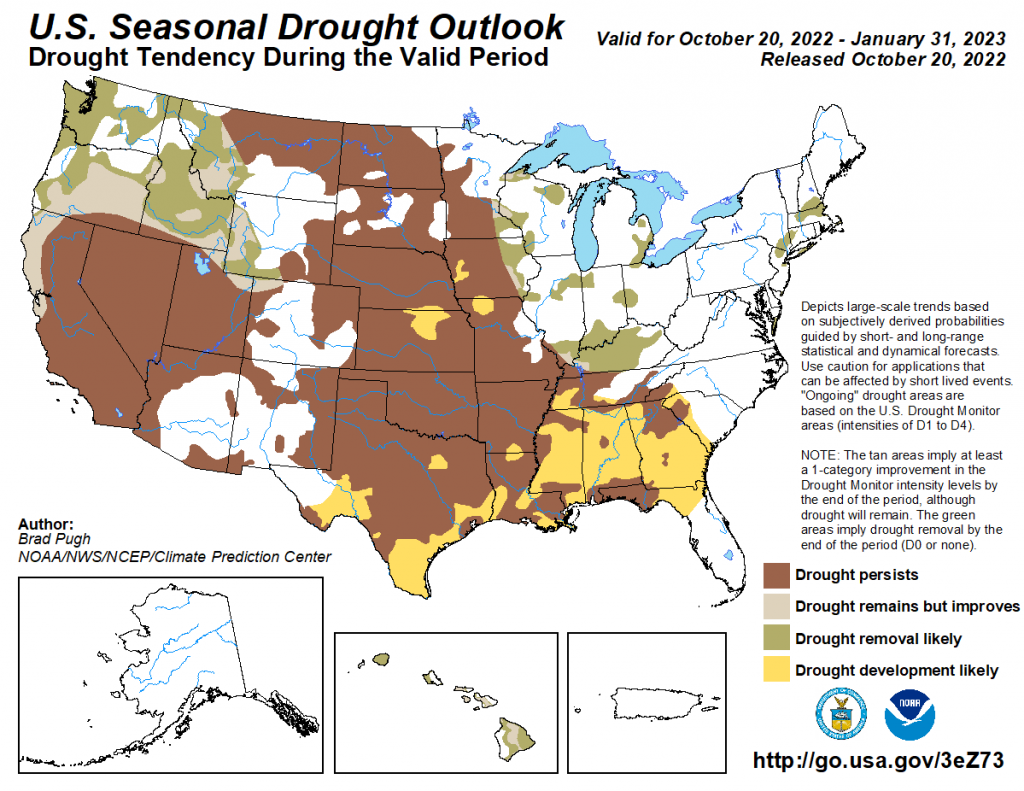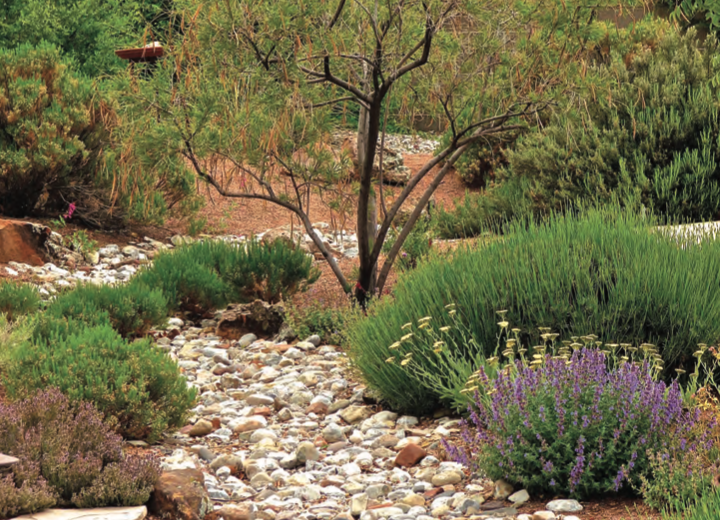Lately, I’ve given much thought to an age-old question, why do we garden? First posited by Methuselah – I jest, but my favorite essayist, Sir Francis Bacon reasoned–and rightly so–in 1625, that the garden first created by the Almighty, remains “the purest of human pleasures. [and] the greatest refreshment to the spirit of man…”. Bacon was an advisor to Queen Elizabeth I, and moved in very grand circles, so his advice was geared to the upper-crust, those with grandest houses. Well, I may be just a middle-crust gardener with a ranch house out west, but Bacon’s words resonate. Thanks to modern science I know why it feels so good to garden: Microbactium vacii lives in the soil and when we work in our gardens those little guys trigger a buzz in our neuro network, releasing serontnin. No wonder gardening is so pleasantly addictive.
Speaking with a friend on the subject of why he gardens, pleasant pastime didn’t come up, as he admitted that he does it because it gives him a great deal to complain about. Considering that he calls his garden ‘Weedopolis’, and that it’s in the mountain shadow just northwest of Denver, so it never (he says) rains on his garden, he has more than enough reason to kvetch. Everywhere else, rain. Weedopolis, nil. Still he seems happy enough, truth be told, and very funny along with his polymathic erudition. He even nurses a good collection of snowdrops. (Envy alarm…!).

Me? I grumble about weeds, too. And terrible soil, and heat, cold, too much sun, not enough. But mostly I lie awake worrying about the water part of my woes. And, oh joy, I just learned that this will be an El Niño winter, colder, and drier. Last winter took me quite by surprise as I was not prepared for the ground to freeze as deep as it did–the little moisture there was in the soil after shutting down the (infrequently-used) irrigation system in October turned it to concrete. And that, it seems, choked off 90% of the 250 bulbs I had planted. Now, I learn from my local water authority, I should’ve been hand-watering from November to April…but …but.. the hose is shut off. What to do?
And bulbs aren’t all that suffered in my waterwise garden, which I deliberately planted as such to conserve this precious resource. Or should I say commodity? Since water in the west is definitely monetized, and the price is rising as water levels sink to new lows, rivers and aquifers dwindle and populations expand in the driest, hottest parts of the region. Even the mighty Mississippi is becoming a wan spectre of its former glory. In California’s San Joaquin valley, the town of Coalinga has about two months of water left to support the community; they’ve used their allotment from the federal government and have been advised to buy more from “private” water purveyors who themselves have little water to sell, while those that do aren’t offering any bargains and the town’s budget is as low as the water level. Meanwhile, south along the coast in tony Mendocino, the aquifer is drying up, and with it the city’s tourist industry, which is dependent on 2m visitors year.

I don’t mean to complain (HAH!), and there are steps to be taken on a personal level to gather water as it falls like manna from the sky. Sso now is the time for me to make preparations to replace the aluminum garbage cans we’ve used this past season to store water with proper water collectors at gutter downspouts. Another factor I’ve added to my equation as I learn to garden in the arid steppes of Colorado, is that when it rains, it pours. No refreshing drizzle here…cats and dogs in torrents that turn the roadside gutters into millraces, and even on garden beds that are well-mulched — like mine — hardly sinks into the soil. I’m always surprised that the moisture only gets to a depth of about two inches, but hydrodynamics is not my strong point.

It is, however, a strength of the landscapers and educators in Albuquerque I’m acquainted with, through conferences I’ve been lucky enough to attend in that city over the past two decades. What I’ve learned from their resource is more valuable than I have space to present here. But, fortunately for gardeners wherever we may be, the Albuquerque Bernillo County Water Utility Authority has recently published their Irrigation Efficiency Guide: Beautiful Landscapes With Less Water. I’ve already made notes…and a list. Which is another reason why we garden, isn’t it? Lot’s of shopping opportunities.
©Ethne Clarke, 2022
Read Bob Nold’s, The Miserable Gardener, at https://paridevita.com
To download the Albuquerque guide to waterwise landscaping, go to http://bitly.ws/vF4p
For articles about the problems facing Coalinga and Mendocino, respectively, read here: http://bitly.ws/vF82 and http://bitly.ws/vF85


